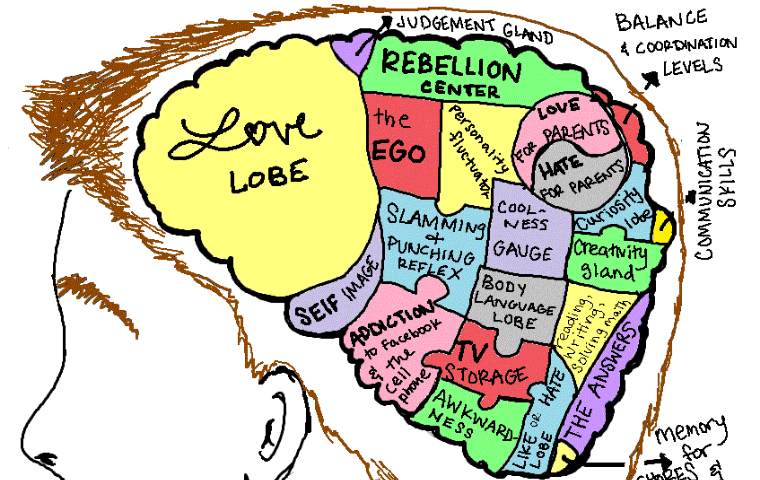Constructing Criticism
When determining how to correct a dangerous driving behavior, it’s important to remember several key facts. First, you have years of driving experience, but your teenager does not. Secondly, teenage brains process risk and handle decision-making differently than an adult’s.
The danger in a situation, such as running a red light or stop sign, might seem obvious. However, the threat might not be as readily apparent to your teen, and that’s okay. In most cases, they don’t know what they don’t know, and that’s why you need to be patient.
What you might take for granted with your years of experience, your teen is probably learning for the first time. While you need to give them the feedback they’ll need to become safer drivers, it’s critical to do so in a way that doesn’t come across as judgmental, personal, or overly critical.
Accomplishing this delicate task is easier said than done, so here are some things to keep in mind:
Plan ahead: Be clear about any instructions you give while you’re out for a drive, and allow your teen plenty of time to implement them. For example, if you’re approaching a turn, alert them that they’ll need to make it well ahead of time. Not only is waiting until the last moment dangerous, but doing so can stress your teen out.
Comments as questions: It can be helpful to pose your feedback in the form of questions. It encourages more dialogue between you, and you’ll prompt your child to think more actively about their surroundings. A comment like, “Remember you’re in a school zone,” could sound like, “Are we in a school zone?”
Sack the sandwich: A default method for delivering critical feedback on someone’s behavior is to “sandwich” it between two positive comments. Doing so can be confusing and risks accidentally reinforcing risky behaviors.
Accentuate the positive: You need to alert your child when they do something dangerous on the road, but it’s equally valuable to point out their safe actions and decisions. Celebrating your teen’s successes reminds them you’re only looking out for their safety, even when you must point out their mistakes.
Keep calm and coach on: Though you may be concerned with your teen’s emotional state while they’re driving, yours is just as crucial while coaching them. Heightening your teen’s emotional state could be dangerous, and you risk your feedback sounding like more of a personal attack if you’re emotional or upset. Keep things focused on the process of safe driving, and deliver thoughtful, constructive criticism by keeping your emotions under control.
Persistence pays: You don’t want to nag them excessively about risky behaviors you’ve asked them to improve upon, but you do want to keep tabs on their progress. Set clear expectations and follow up on them. A great way to do this is with the DriverZ Virtual Coach, but with or without it, check back in with your teen driver on safety issues you know they need to improve.
Keep it brief: Don’t risk getting tuned out. Correct your teen’s mistake or risky behavior but try not to dwell or lecture. The best advice is delivered in quick, easy to process and remember bites, not in a five-course instructional meal.
Ban the backhand: Keep it positive when you’re giving positive feedback! Don’t attach any judgments or utilize backhanded compliments. “You got around that corner much better than you usually do” may be accurate, but try to avoid comparing their successes to failures. Everyone learns at their own pace.
Individual needs: Some new drivers have a lot of anxiety about learning. Others might be overconfident and prone to taking risks. Everyone learns differently, and everyone has different needs. A big part of your job as a driving mentor is to understand your child’s needs and coach them accordingly.
Listening matters: Even when you might know something they don’t, you must allow your teen to discuss their concerns with you and offer their perspective. That doesn’t mean you need to condone unsafe driving behavior, but it does mean that the entire process will be more successful if you hear what they have to say about the challenges they’re facing.

















